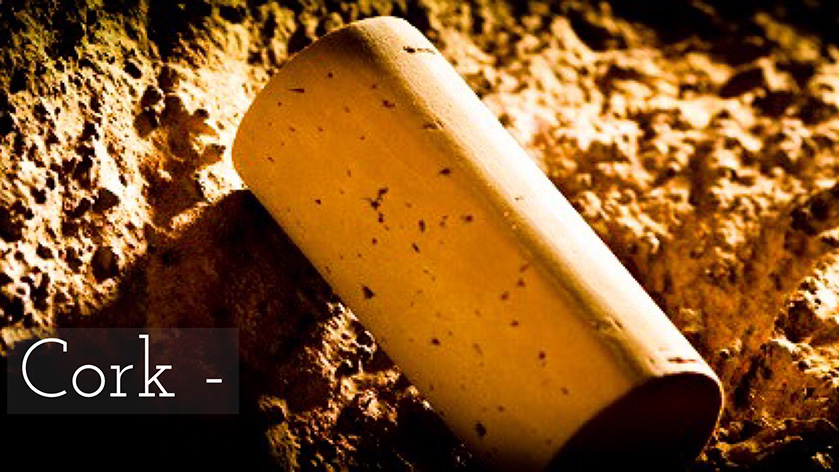Cork Closures and the Aging Potential of Wine

I believe cork is the best closure for wine, in spite of the risk of contamination with cork ‘taint,’ or TCA. This is because there is a small amount of oxygen that escapes from the compressed pore structure over the first half year after bottling that inhibits reduction (the development of sulfur compound odors). I’ve had too many bad experiences with reduction odors in screw-cap wines. It is why I have always used cork in all our wines even though it is more expensive.
More than oxygen seems to be affecting wines closed with cork, however. Cork-finished wines seem to age more gracefully. The tannins become softer and bitterness, especially in white wines, fades with time.
Now, a paper* by Joana Azevedo and others goes a long way in explaining why cork-finished wines can age gracefully. The cork, which is the bark of an oak tree, releases its own tannins that polymerize with anthocyanins to help retain stable colors. In addition, these cork-tannins react with short-chained catechins to remove bitterness and improve mouthfeel. It is as if the wines continue to ‘barrel’ age in the bottle.
This finding is a game changer in wine closures. No matter how hard companies work to incorporate semipermeable membranes into screw caps, it is unlikely they will ever be able to replicate the gradual release of phenolic compounds.
Screw caps are a trade-off between graceful aging and protection against taint. However, advances in farming, production, and testing have reduced the occurrence of cork taint in wines. Since 2014 for all of our reds, and 2015 for all of our whites, we have been using corks that have been spectroscopically screened against cork taint. These corks are expensive, but we think all of our wines are worth it.
Enjoy a brief video that describes the I-Corks that seal all of our wines.
*Joana Azevedo, Ana Fernandes, Joana Oliveira, et al. ‘Reactivity of Cork Extracts with (+) Catechin and Malvidin-3-O-glucoside in Wine Model Solutions: Identification of a New Family of Ellagitannin-Derived Compounds (Corklins).’ J Agric. Food Chem. 65:8714-8726 (2017).


